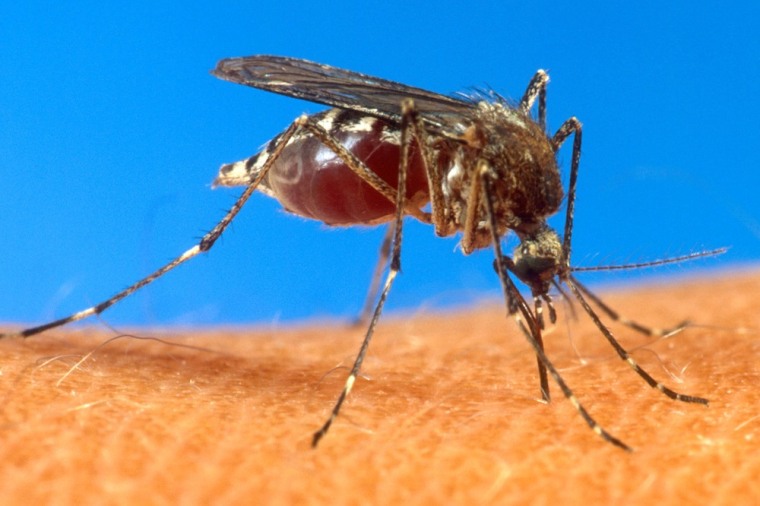By Kara Reinhardt
Cheapism.com
People prone to mosquito bites have a particularly aggressive breed to swat away this summer: the Asian tiger mosquito, which The Wall Street Journal reports is on the rise in urban areas across the South and the East Coast. Experts recommend wearing light-colored clothing and insect repellent with DEET to ward off the whining pests. But if coating your skin with chemicals sounds as unappealing as an insect bite, you may want to consider a mosquito trap instead.
At first glance, it may not appear that mosquito traps can compete with sprays on cost. Traps start at about $25 and can command upward of $400 (no kidding). A can of spray may cost less than $10, but consider that a family living in an area with lots of mosquitoes can blast through many cans in a summer, while one mosquito trap might last several years. The first strike against mosquito traps is not the price but the fact that they often don’t get the job done. Nonetheless, an effective model can kill off enough egg-laying — and human-biting — female mosquitoes to collapse the population in the coverage area. For a budget mosquito trap, that usually means about half an acre. The idea is to use a trap 24/7, not just when you’re spending time outdoors.
A mosquito trap can also be an ideal solution for an indoor mosquito problem. After all, you don’t want to burn a citronella candle in your living room. Indoor traps are typically much cheaper than outdoor traps and use light and heat, and sometimes carbon dioxide, to attract mosquitoes. Outdoor traps use carbon dioxide and chemical lures such as lactic acid and octenol. They have a greater reach than indoor traps and often use a combination of attractants to draw in more types of mosquitoes.
One way to save money on a mosquito trap is to choose an electric model instead of a propane-powered trap. The latter is cordless but must be refilled every few weeks, which adds to the cost.
While users and experts criticize many models in this category, Cheapism managed to find a couple of quality mosquito traps for consumers looking to spend as little as possible.
- The Dynatrap DT1000 Insect Eliminator (starting at $93) stands out where many models disappoint, according to reviews. It uses carbon dioxide, ultraviolet light, and heat to attract mosquitoes both indoors and out, although experts recommend it mainly for outdoor use. The trap is electric, so it won’t run out of juice, and comes with a cleaning brush — a rare perk at this price. (Where to buy)
- The Stinger Nosquito Indoor Insect Trap MA06 (starting at $24) costs far less than an outdoor trap, yet users say it effectively eliminates mosquitoes. This electric trap uses UV light and heat rather than a chemical attractant. A removable tray helps users with the distasteful task of emptying the trap. (Where to buy)
More from Cheapism:
